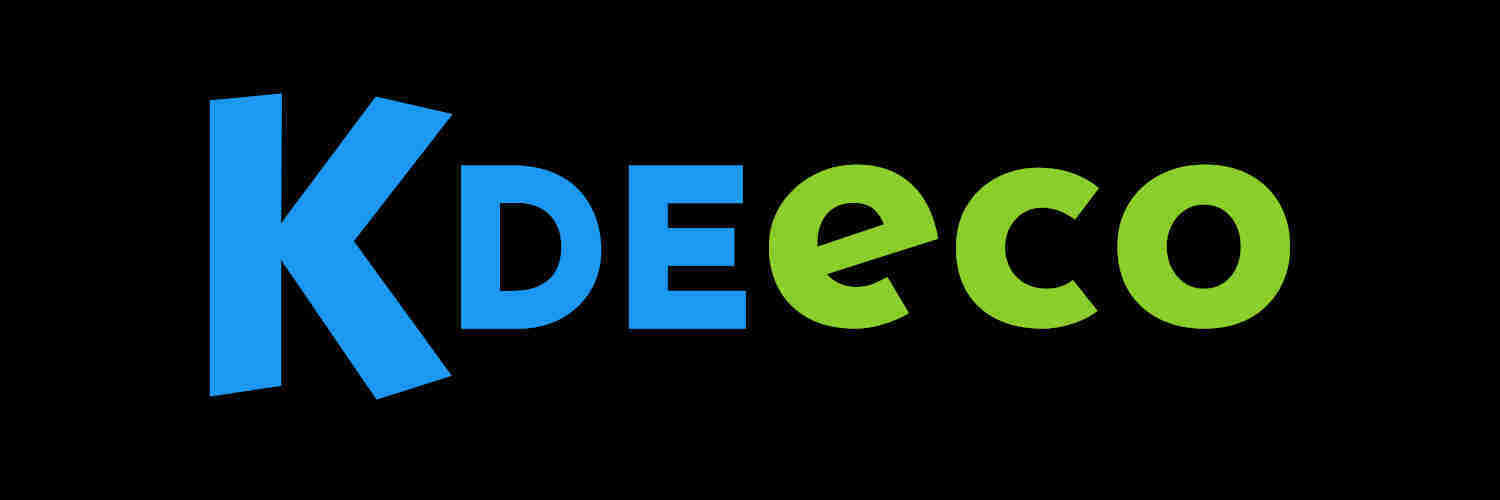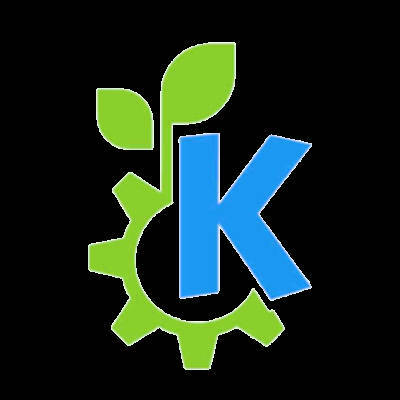@bitfucker Over the next 2 years we plan to organize events like this with volunteers around the world. If you would like to get involved, be in touch!
As part of the “Opt Green” project we are also creating info materials about software-driven e-waste (https://invent.kde.org/teams/eco/opt-green/-/blob/master/materials/leaflets/kde-eco-umweltfestival-flyer-EN_final.jpg) and providing Linux installation help and generally documenting what we are doing so others can learn from what is working (and what is not) 🙂
But you don’t have to wait for us: check out your local Linux User Group!



@MylesRyden @kde
I agree! You may want to check out projects like ComputerTruhe (@computertruhe) and Free Geek.
https://computertruhe.de
https://www.freegeek.org/
They have been active in upcycling hardware with Linux for some time now.
If you know of others, let us know in the replies.